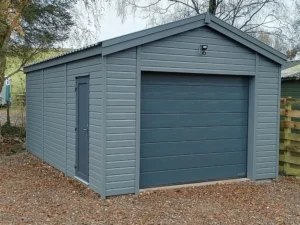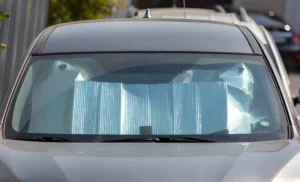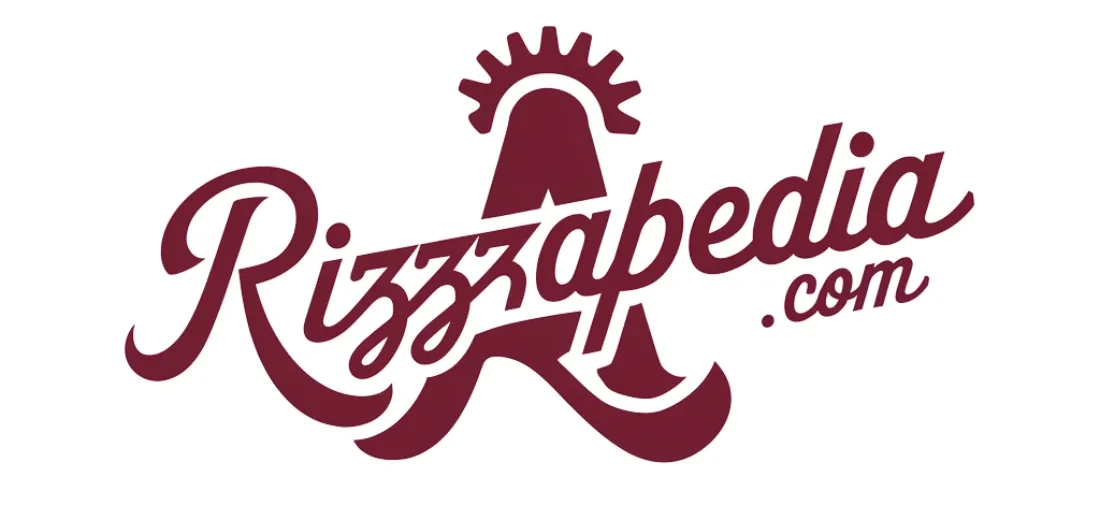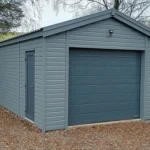Designing a home sports area requires careful consideration, especially when selecting the right court surface. Whether you’re planning for basketball, tennis, or pickleball, surface type impacts performance, safety, and long-term maintenance. Climate, intended use, and player preferences should guide your decision. For instance, concrete or asphalt offers durability for multi-use areas, while cushioned or modular tiles provide added comfort and joint protection for high-impact sports.
When it comes to pickleball, surface choice becomes even more specific. Homeowners often compare the benefits of acrylic coatings versus modular tiles for this fast-paced sport. A key question is often how much does it cost to build a pickleball court, as costs vary depending on materials, size, and site preparation. Building a standard court involves not just surface installation but also considerations like fencing, lighting, and drainage. Making the right investment up front ensures a functional, enjoyable space for years to come. For players, having quality gear storage is just as important, and choosing the right pickleball bags can help keep paddles, balls, and accessories organized and ready for every game.
Assessing Your Sporting Needs
To make the best decision, start by evaluating the primary sports your court will support. Different sports place different demands on the playing surface:
- Basketball: Requires a hard, uniform surface for true ball bounce and confident footwork. Most home basketball courts use concrete, asphalt, or sport tiles.
- Tennis: Surfaces should strike a balance between grip and give, helping players escalate quickly while managing joint wear and tear. Asphalt, clay, and sport tiles are popular choices.
- Pickleball: This fast-growing sport adapts to a range of court surfaces, though a smooth, level area (asphalt or special tiles) provides the best experience and minimizes tripping hazards.
- Multi-Sport Use: If you envision a court for various activities—like basketball and net games—modular, shock-absorbing tiles or quality concrete provide versatility and safety for all.
Clarifying your main activities upfront will help you prioritize qualities like shock absorption, traction, and surface hardness.
Climate and Weather Considerations
Weather patterns in your area can make or break the longevity and performance of your court. Hot climates, frequent rain, and freeze-thaw cycles all play a part in your decision. For example, hard surfaces such as concrete and asphalt can crack in freezing temperatures or degrade under constant UV exposure. In wet environments, you’ll want surfaces that dry quickly and don’t become slippery. Modular interlocking tiles are designed to withstand major weather swings—they drain easily and resist fading, making them an excellent choice for outdoor sports courts in many regions.
Maintenance and Durability
Every court requires some upkeep, but the level of maintenance varies significantly between materials:
- Concrete: Extremely durable but susceptible to cracks over time. Routine inspections and prompt repairs help protect your investment, though major repairs can be costly.
- Asphalt: Slightly more affordable, but more frequent resealing is necessary to prevent deterioration. Cracks and holes may appear more quickly, especially in harsh climates.
- Modular Tiles are among the lowest-maintenance options available. Damaged or stained tiles can be replaced individually, and sweeping or occasional washing is typically enough to keep them looking new.
Consider how much time and resources you’re willing to invest year after year. Long-term durability may be worth a higher upfront cost if it means lower ongoing maintenance.
Player Safety and Comfort
The well-being of every player is paramount, particularly if children or older adults will use the court. Hard surfaces provide an efficient playing field but can be hard on ankles, knees, and hips. Surfaces with more shock absorption, like specialized modular tiles or rubberized coatings, are kinder to joints and reduce the risk of serious injury from falls. Additional features, such as anti-slip coatings, can further reduce accidents in wet or humid conditions. Be sure to select a court surface that doesn’t sacrifice safety for performance or appearance.
Cost Considerations
Budgeting is a vital step in your outdoor court project. Some surfaces are more affordable at installation but require bigger investments over time for repairs and upkeep. Concrete, for instance, has a higher initial cost but can last for decades with proper care. Asphalt is more budget-friendly upfront but may cost more in maintenance. Modular and synthetic options might cost more initially, but their lower upkeep requirements and longevity can balance out over time. It’s wise to look at both the installation costs and projected maintenance over the next 5 to 10 years when comparing surfaces.
Read more: Beyond the Brochure: Finding a Place to Truly Heal in Mumbai
Best Rippling Alternatives for Startups: Affordable HR Tools with Powerful Features
New Orleans Dating Culture Where Jazz and Confidence Collide










